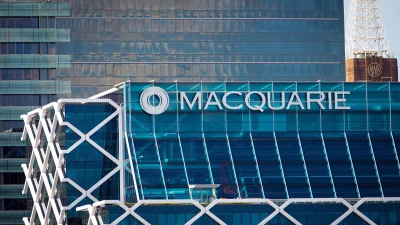Aussie investors see property crowdfunding as low risk


Australian investors see property crowdfunding as a low to medium-risk investment vehicle that yields low to medium annual returns, according to the Property Crowdfunding Report on Australian Investor Perspectives 2016/17.
The study, which was prepared by academics from the University of South Australia in partnership with DomaCom, found that the Australian property crowdfunding investment environment attracted a mix of investors who were mostly comfortable with investing small amounts of money, with a reasonable degree of financial knowledge but who were uncertain to make investment decisions.
As far as the demographic profile of investors was concerned, the property crowdfunding investment managed to draw investors who were:
- Mostly men between the age of 55 and 74;
- Had on average an annual income of less than $200,000 per annum; and
- Held a diploma or certificate as academic qualification.
The report also found that less than four per cent of respondents were younger than 35.
Furthermore, the average amount of funds invested in a property crowdfunding platform was $14,263, with the majority of investors (75 per cent) investing $10,000 or less in property crowdfunding. Also, according to the study, 20.78 per cent of their total portfolio was invested in property crowdfunding.
At the same time, a clear majority of investors had a long-term view when investing in property through property crowdfunding platforms, with 77 per cent of respondents indicating that their ownership expectations is future ownership with expected returns based on both capital growth as well as rental income returns.
The report also found that an average of 95 per cent of portfolios were held in Australia, while 9.8 per cent respondents said they held investments in Asia, 8.2 per cent in the United States, followed by 6.6 per cent in Europe and 4.9 per cent in the rest of the world.
The type of property crowdfunded projects that investors were most interested in were the rural projects (77.4 per cent), followed by commercial (27.4 per cent) and then residential (25.8 per cent).
“Based on international trends, crowdfunding is a rapidly growing field of investment, and this is also true within the property crowdfunding environment,” the report said.
“Australia is still in its infancy as far as regulation and legislation, as well as academic and other sources of information, around property crowdfunding.”
Recommended for you
Lonsec and SQM Research have highlighted manager selection as a crucial risk for financial advisers when it comes to private market investments, particularly due to the clear performance dispersion.
Macquarie Asset Management has indicated its desire to commit the fast-growing wealth business in Australia by divesting part of its public investment business to Japanese investment bank Nomura.
Australia’s “sophisticated” financial services industry is a magnet for offshore fund managers, according to a global firm.
The latest Morningstar asset manager survey believes ETF providers are likely to retain the market share they have gained from active managers.















